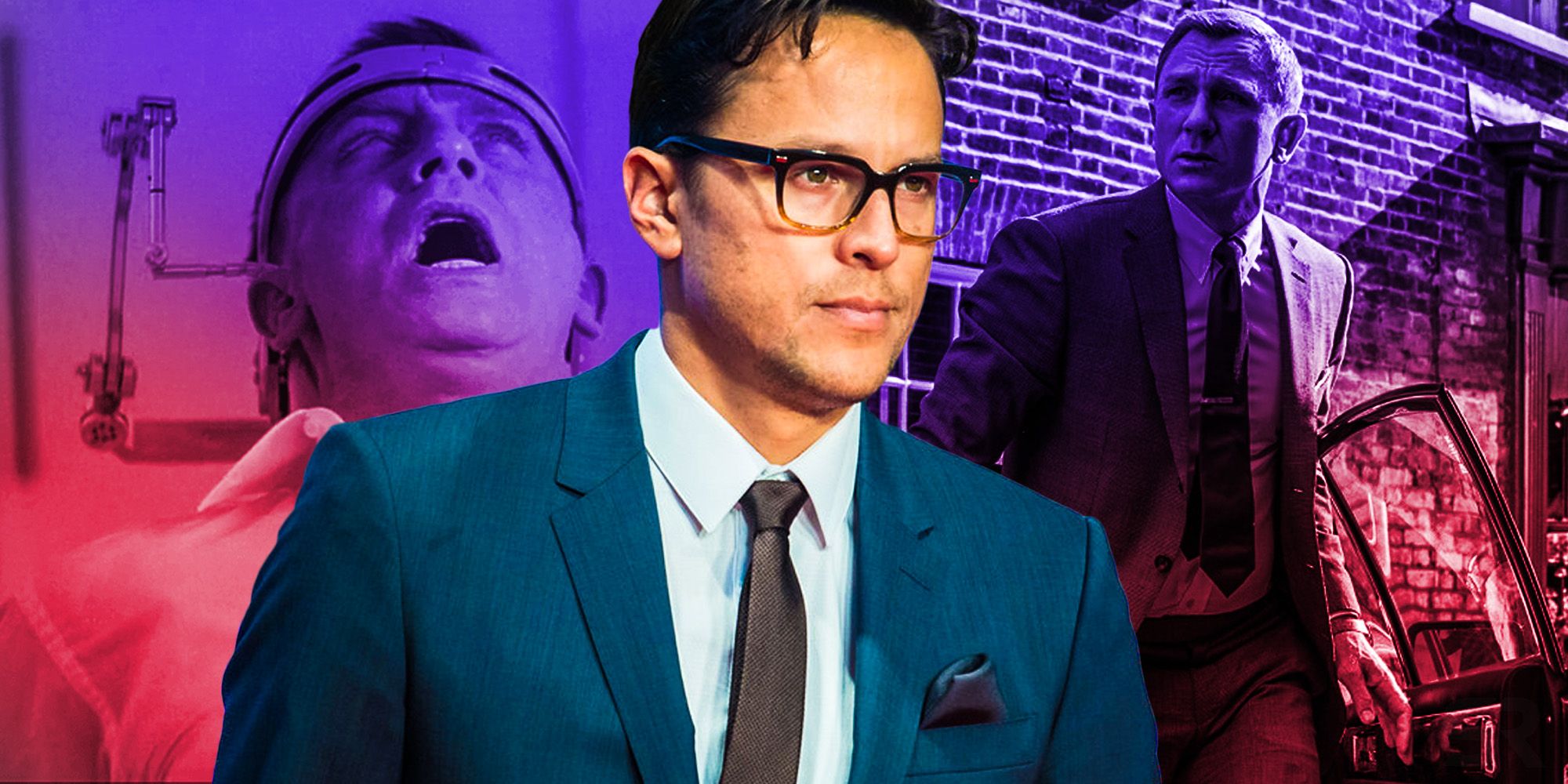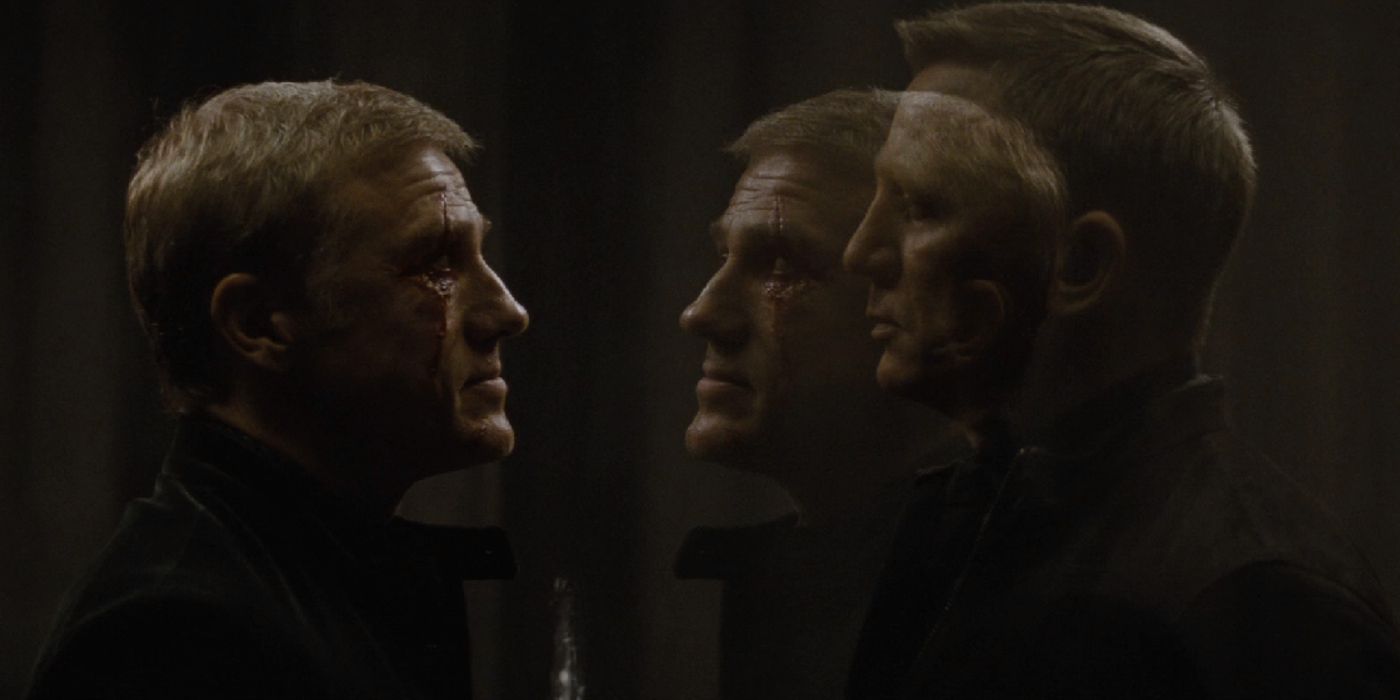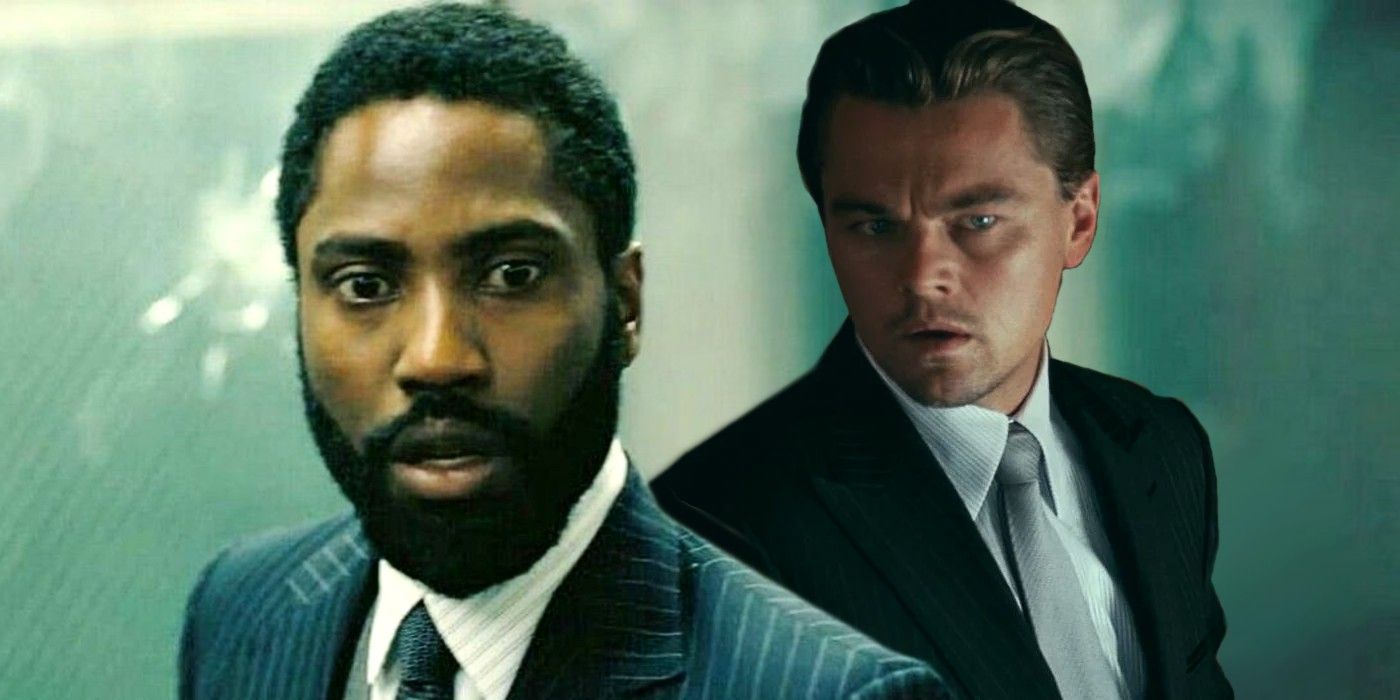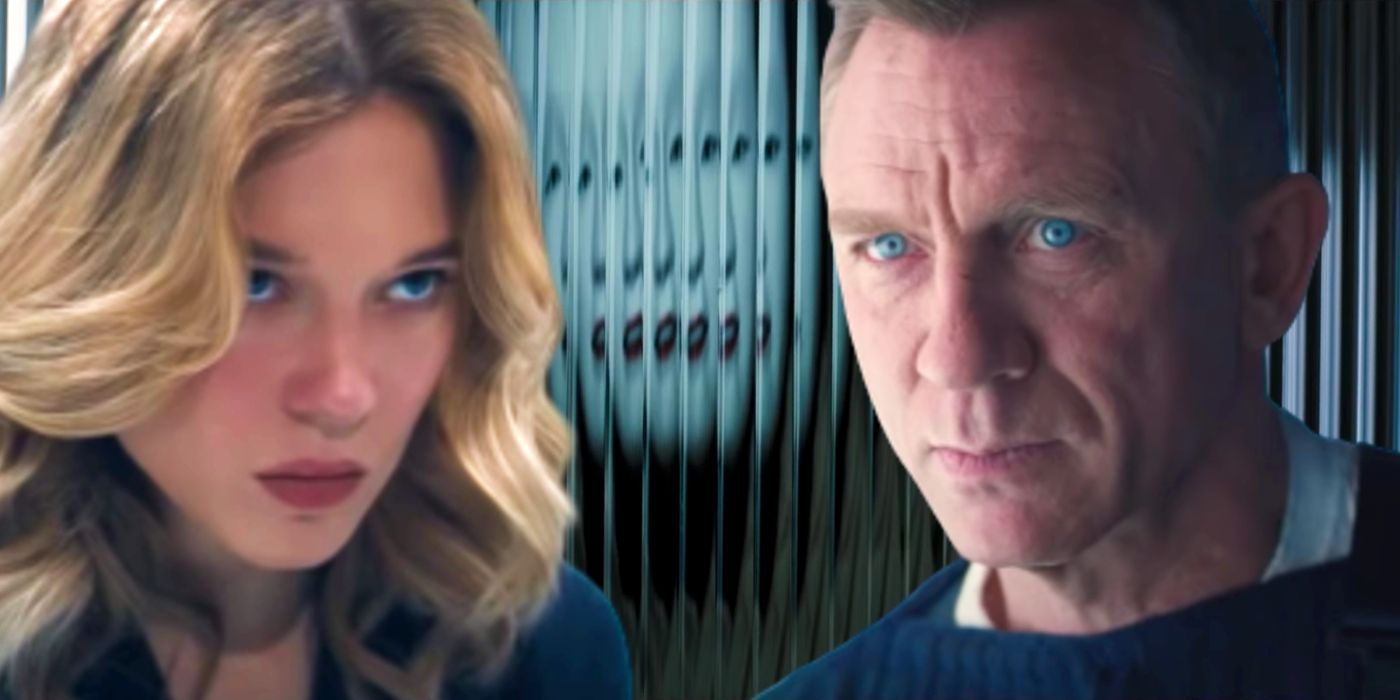Warning: This feature contains spoilers for Cary Joji Fukunaga's No Time To Die and James Bond's storyline.
First-time James Bond helmer Cary Fukunaga brings a fresh style to the iconic film franchise with No Time To Die, but this outing should have held onto the director’s original twist idea. Superspy James Bond has been through 25 onscreen adventures to date, with returning star Daniel Craig making his groundbreaking final appearance in the latest bond installment.
Since 2006’s origin tale Casino Royale, Daniel Craig has reinvented the role of 007 as a darker, more grounded Bond characterized by his gritty action sequences. Despite some uneven movie offerings, the actor has consistently won acclaim for his stoic take on the character, while also painting a much more realistic picture of the emotional toll espionage work takes on MI6 agents. Some of Daniel Craig’s Bond movies, such as Quantum of Solace, have earned less-than-stellar reviews, but his brooding characterization has nonetheless managed the impressive feat of illustrating some much-needed backstory for 007, where most of the earlier films tell very little about Bond as a person.
Of course, not every addition to the backstory of Bond has worked perfectly. Some viewers found the revelation that Bond and his archnemesis Blofeld were adopted brothers in Spectre a bridge too far, which is understandable given the fact Bond’s most famous parody Austin Powers pulled off a similar reveal years earlier. However, Cary Fukunaga's twist idea would have worked perfectly as an ending to the Craig era, so it’s a shame his wild concept wasn’t one that No Time To Die ended up using.
Cary Fukunaga’s Wild No Time To Die Twist Explained
Despite No Time To Die being the first Bond film from slick director Fukunaga, the film does well to hail back to earlier Daniel Craig installments that rebuilt the franchise's previously stuffy reputation. Whereas Goldeneye director Martin Campbell brought a taut visual style to Casino Royale, Sam Mendes made sure of a colder visual palette of both Skyfall and Spectre harkening back to the traditional Bond outings of Sean Connery. This being said, the more experimental, inventive Fukunaga made it clear from the moment he was hired he wanted to direct a different take, with his original No Time To Die plan including a devilish twist designed to send viewers back to the action of the previous film.
Fukunaga's recounted his original No Time To Die pitch to Miranda July in a 2020 chat for Interview Magazine: “There’s this scene [in Spectre] where a needle goes into James Bond’s head, which is supposed to make him forget everything, and then he miraculously escapes by a watch bomb." This is where the director wanted to get a little trippy, stating "I was like, ‘What if everything up until the end of act two is all inside his head?” It’s a wild and exciting prospect to imagine a Bond adventure that reveals the preceding movies’ entire climax was just a hallucination, Jacob’s Ladder-style, proving instead 007 did in fact succumb to the dire circumstances he faces in Spectre.
Craig’s Bond Movies Focus On Bond’s Humanity
The last four films in the 007 series have humanized Bond more than ever before, with the natural extension of this bringing an increased focus on his mental state. This psychological setting, in other words creating a movie within Bond's mind, is the exact visionary twist Fukunaga originally wanted. The death of Judi Dench’s M and her subsequent replacement in Skyfall proved series regulars such as Q, M, and Moneypenny were not beyond reproach. This notion extends to Bond himself, with the addition of Bond’s backstory (with the ancestral estate of Craig’s character giving Skyfall its title) making the usually mysterious 007 the first to have a clearly defined childhood - one that was expanded upon in the divisive twist of Spectre.
This level of personal connection was never offered to earlier Bonds, and Fukunaga’s twist revelation that No Time To Die and Spectre took place partially inside his mind would have made the character an even more fallible, human take on the usually uber-slick 007. It could have also opened the door into a potentially scintillating, unfiltered exploration of Bond's inner mind, including how he views himself, his relationships and his failures.
James Bond Meets Inception
For years, Bond fans have craved a film in the franchise to be directed by Christopher Nolan. Nolan’s 2020 thriller Tenet essentially encapsulated what such a movie might look like without actually using the James Bond franchise. Fukunaga’s proposed twist would have put a Bond-specific spin on Nolan’s own mind-melting 2010 hit Inception, with the revelation of Bond’s status as an unreliable POV character rendering the story more cerebral, complicated, and strange. It could have even opened the door for some psychological horror elements, with Bond's dream state slowly crumbling as he realizes he's still strapped to Blofeld's torture device, which would be an entirely new tone for the franchise.
Why No Time To Die's Final Twists Work Better
Although Fukunaga's mind-bending installment of Bond ultimately did not come to pass, No Time To Die still contains ample twists and turns which cement its unique position within the franchise. The revelation that Bond is the father of Madeleine Swann's daughter is a fitting if slightly predictable coda to the emotionally charged story of No Time To Die. Allowing Bond an heir of sorts is a nexus moment for the franchise, with Bond's daughter containing vast spinoff potential for the previously chauvinist series of films. This twist alongside Nomi's 007 status is a sign that Daniel Craig's Bond is shattering the antiquated norms of the Bond franchise with his final appearance just as he did with Casino Royale 15 years prior.
The other big twist, of course, is that No Time To Die sees Bond perish onscreen for the first time in a groundbreaking moment for the franchise. The misleading title of the 25th Bond installment hints at a typically death-defying heroics from 007, making his demise all the more shocking. While Fukunaga's original No Time To Die ending twist is undeniably fascinating, killing Bond in order to spawn a new generation of sequels is much more fitting for Daniel Craig's legacy as the iconic 007.





